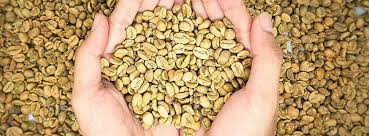Understanding the nuances of coffee requires an appreciation of its diverse varieties and species. Among the four commercially known and readily available coffees, Arabica and Robusta stand out as the top contenders. Arabica, which is typically grown in cooler, higher elevations, was once considered superior to Robusta in terms of taste. However, Robusta has earned its rightful place in the market for its unique qualities. While Arabica is more expensive than Robusta, the former demands greater attention and produces lower yields, making it a precious commodity vulnerable to Green Coffee Disease. In contrast, Robusta is more affordable yet increasingly valued in the market.

Indulge in a symphony of flavors that will tantalize your palate. To fully appreciate the intricacies of the gourmet and specialty coffee industries, it is essential to understand the fundamental differences between Arabica and Robusta flavors. As the industry evolves, even the humble instant coffee and tea bags have become increasingly sophisticated, making it all the more important to comprehend the nuances behind their creation in order to deepen your appreciation.
Embark on the captivating journey of coffee, from berry to cup, and discover the intricacies of its intricate production process. Regrettably, many consumers tend to overlook the immense efforts of farmers and processors, failing to fully appreciate the remarkable dedication and skill required to produce each exquisite sip that tantalizes their taste buds.
Experience the art of brewing, where every method unlocks a unique array of flavors. Each brewing technique requires careful consideration of variables such as water quality, temperature, coffee-to-water ratio, grind size, and time, as well as the application of either gravity or pressure. While espresso brewers and single pour-overs have become ubiquitous in modern cafes, they are just two of many alternative methods available to the discerning brewer.





